Look what appeared in our small back garden.
36 comments
It was a female Swee Waxbill wanting to eat some grass seeds.
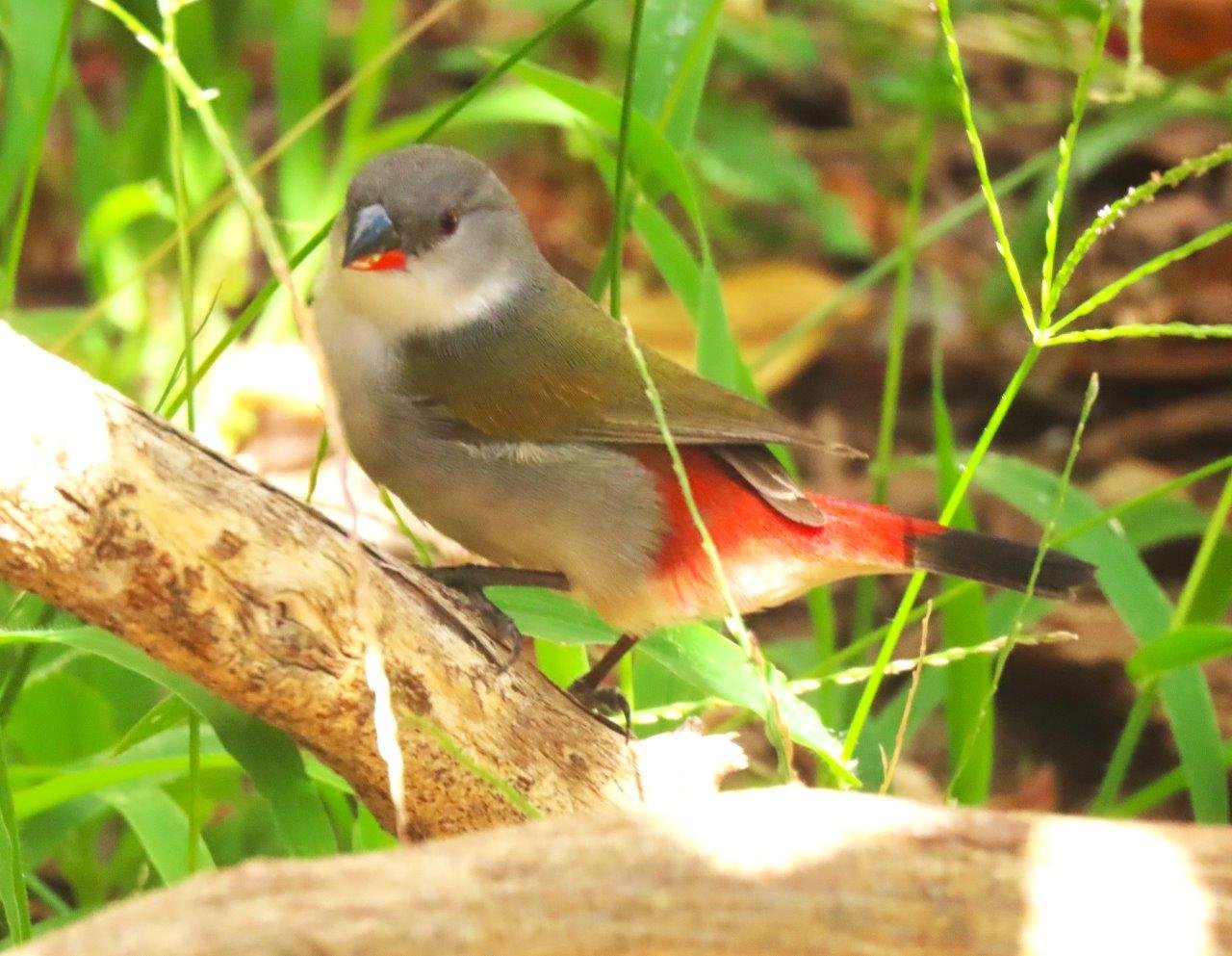
My wife called me, as she was standing at the lounge's window.
We have some long stemmed grasses growing below our lemon tree and the swees love the seeds.
The swee waxbill (Coccopygia melanotis), is a common species of estrildid finch native to Southern Africa.
The swee waxbill is 9–10 cm long with a grey head and breast, pale yellow belly, olive back and wings, red lower back and rump, and a black tail. The upper mandible is black and the lower red. The male has a black face, but the female's face is grey. Juveniles are much duller than the female and have an all-black bill.
The swee waxbill is typically found in uplands in dry shrubland and open forest habitats. Some subspecies also occur in lowlands, and may be seen in large gardens.
This species is a common and tame bird typically seen in small parties, and does not form large flocks. The swee waxbill's call is typically considered a soft swee, swee.
I have to correct the second line in the paragraph above, and may be seen in large gardens, as we have a small garden :)
Cute little critters and they are only 10cm in size. At times the husband also appears here, and I know the difference in their gender, as the husband has the same colors, but he has a black face.
Here she landed on one of our Aeonium succulents below the lemon tree.
I was almost sure that she was watching me, but no, she was checking for the juiciest grass seeds.
And I was right, as here she grabbed a strand of the grass to eat the seeds.
The swees are small, interesting and beautiful little birds, and a pleasure to watch in action. We once had them nesting in the front garden, but the nest had to be very small and hidden in the leaves of a dense tree. I never saw the nest, as I was scared that they would get disturbed at my presence, and we also didn't see their babies. Best to leave the wild alone in their habitats in order for them to feel secure.
Now then, how did I know that they were nesting in the tree? Easy, as I saw them flying into the tree with nesting stuff in their beaks. I have to say that I was eager to see the nest and later on the babies, but I managed to control myself and allowed nature to follow its course. This is what I love about the seasons, as spring and early summer deliver much new life in nature, and there is always an opportunity for someone to get the new ones on camera.
Such is life.
I hope you enjoyed the pictures and the story.
Photos by Zac Smith-All-Rights-Reserved.
Camera: Canon PowershotSX70HS Bridge camera.
Note: Please don't share any of my posts and photos on other social media sites without my permission.
Thank you kindly for supporting this post.
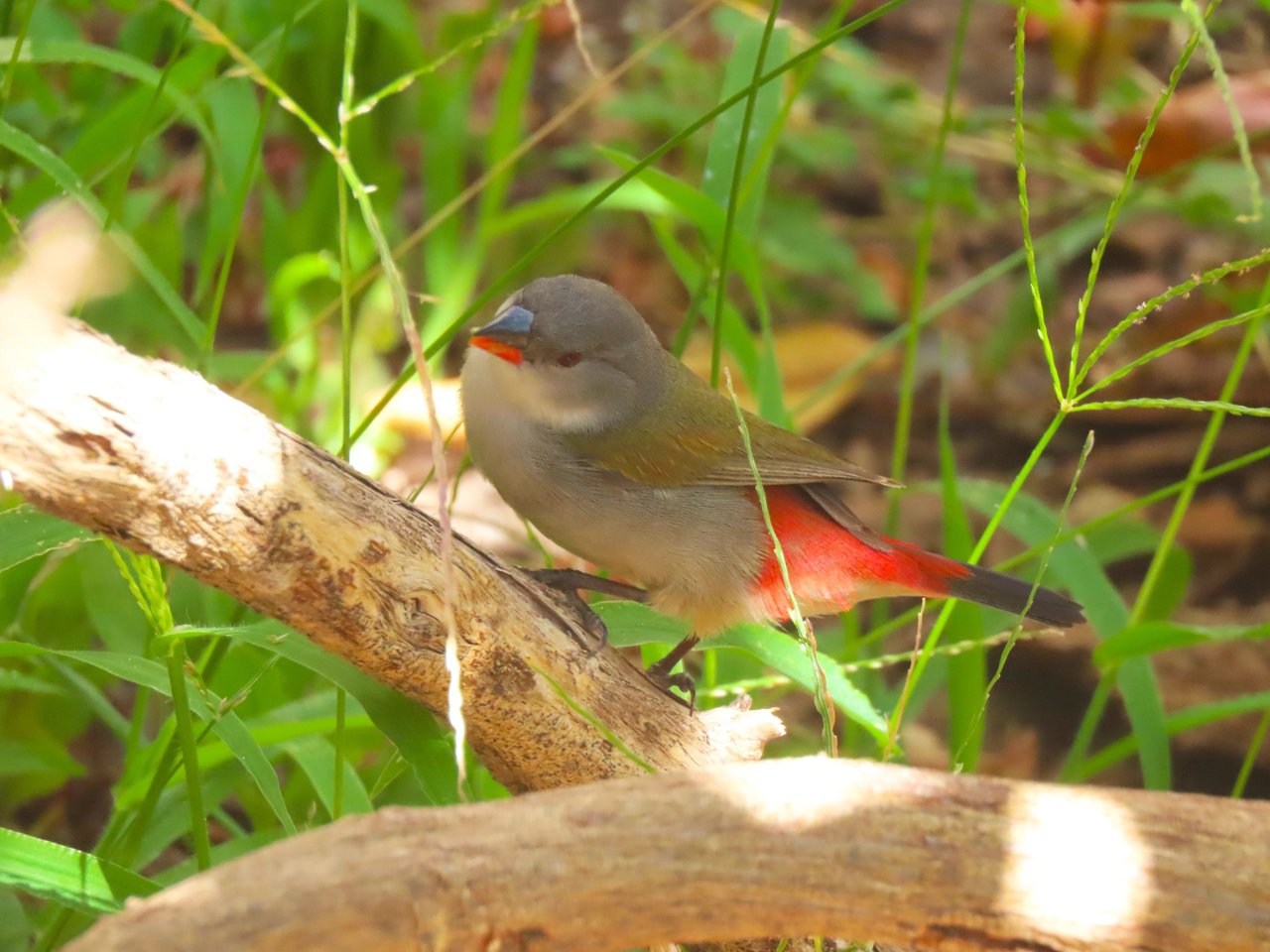
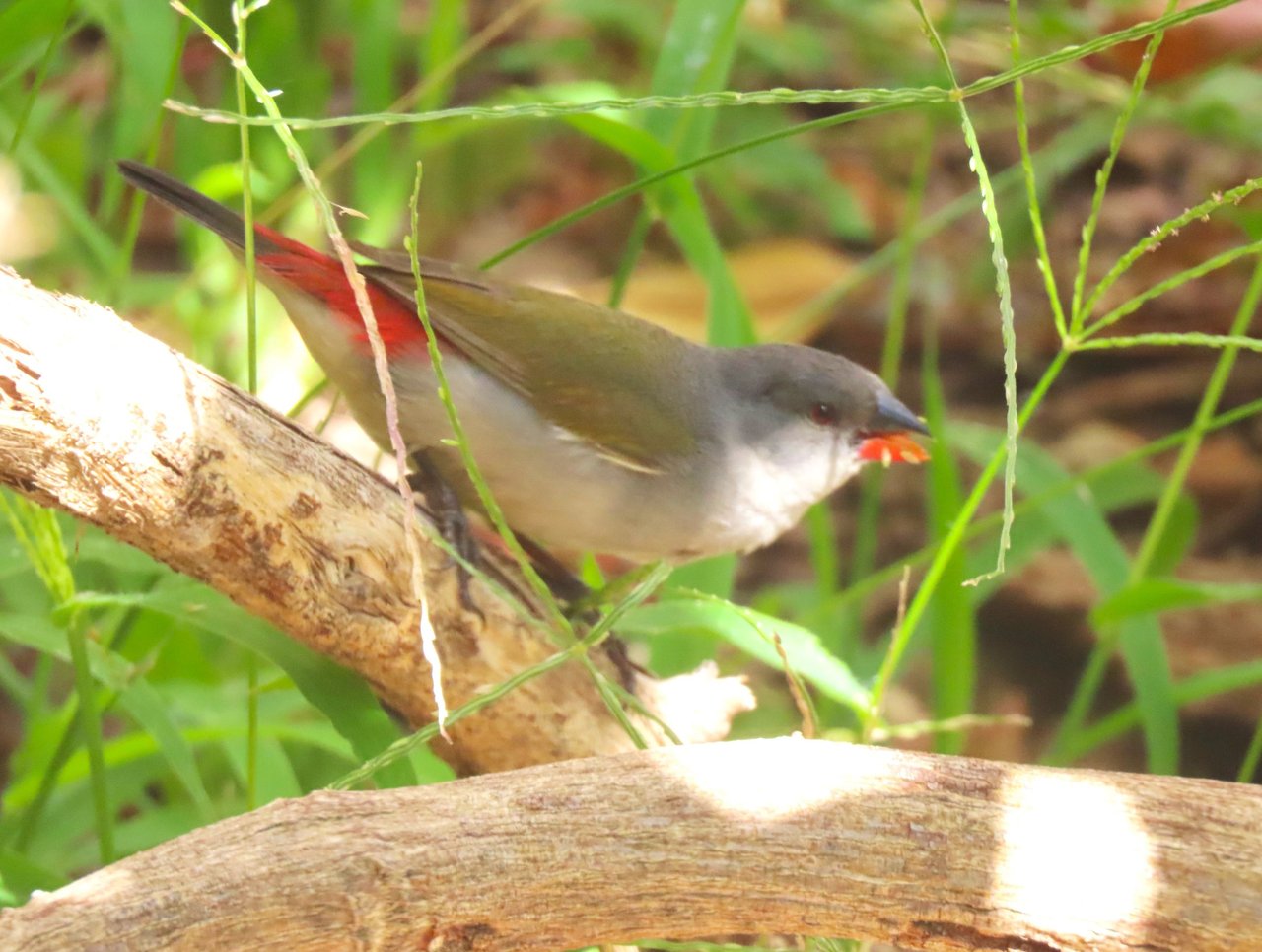
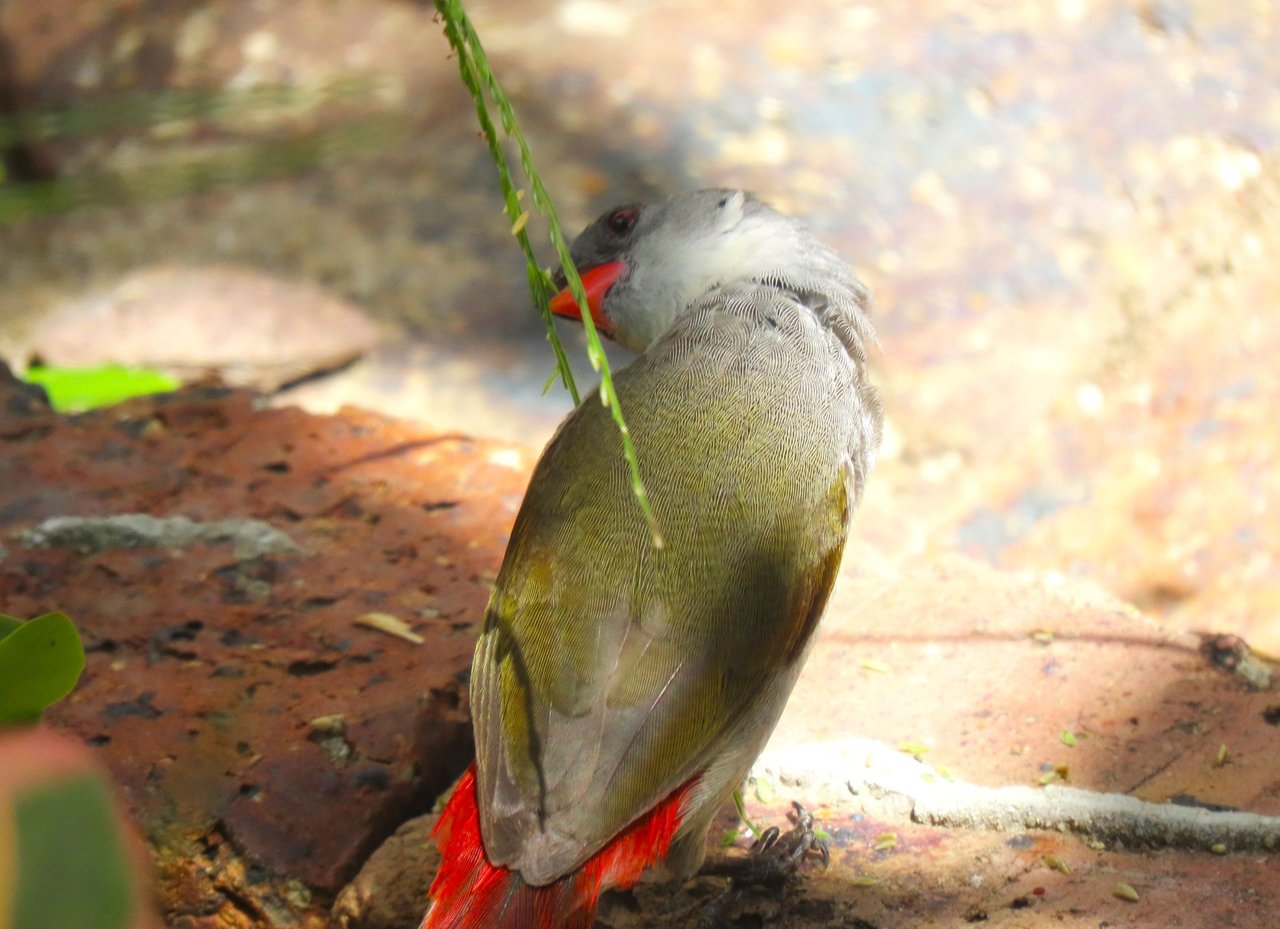
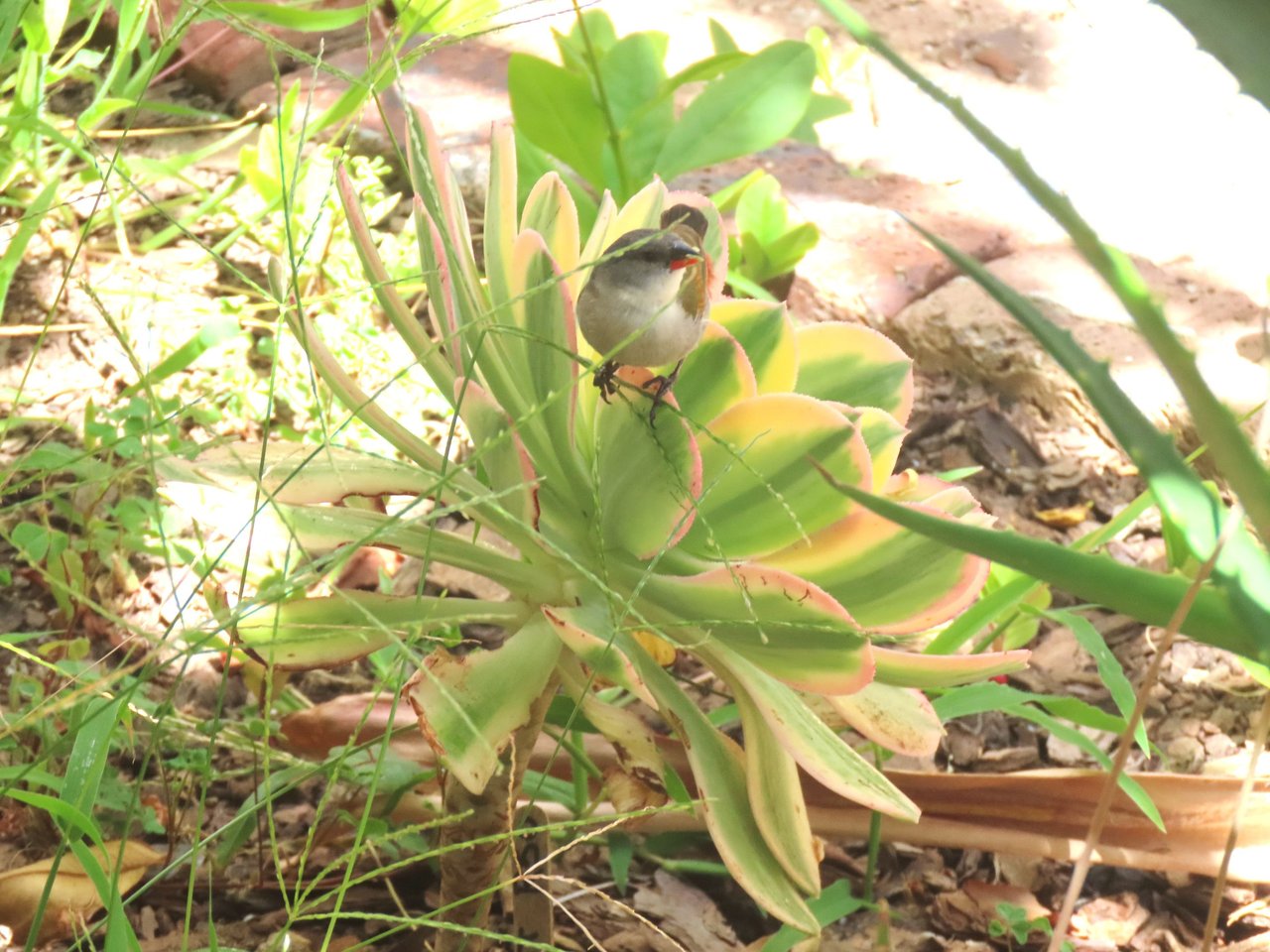
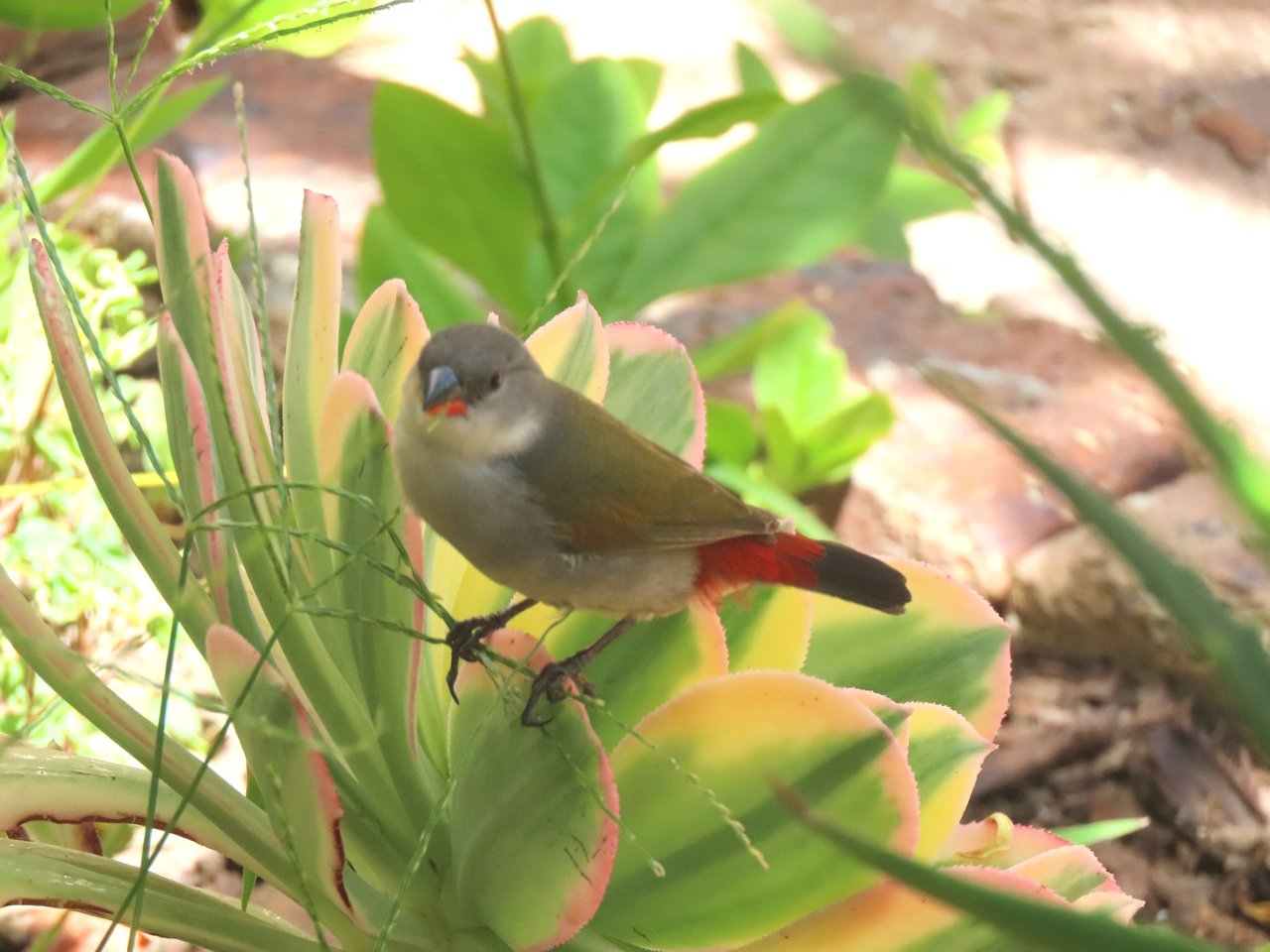


Comments